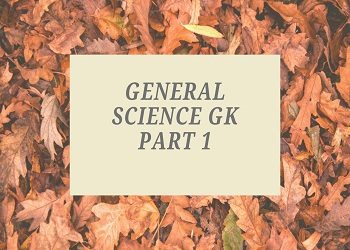
General Science GK Part 1:
- When two organisms live together in such a way that both of them derive benefit, then such an interaction is called- Symbiosis or Mutualism.
- The ‘Chameleon’ is a lizard belongs to which phylum- Chordata.
- Carotenes protect plants from- Photooxidation.
- The phrase ‘Survival of the Fittest’ had been coined by- Herbert Spencer.
- The scientific study of birds is called- Ornithology.
- Cells were discovered in 1665 by an English Scientist- Robert Hooke.
- The plant cells contain many freely distributed subunits of the Golgi apparatus which is called- Dictyosomes.
- What is the full form of ATP- Adenosine Triphosphate.
- Which is called the Powerhouse of the Cell- Mitochondria.
- In mature plant cells, the vacuole occupies almost the entire volume of the cell and is bounded by a membrane, called- Tonoplast.
- The term respiration was coined by- Dutrochet.
- A form of precipitation that contains acidic components, such as sulphuric acid or nitric acid is called- Acid rain.
- The intensity of noise is measured in- Decibels (dB).
- A facility established for the ex-situ Conservation of individuals, seeds, tissues, or reproductive cells is called- Gene bank.
- Substances that cause cancer are called- Carcinogens.
- Messenger RNA (mRNA) molecule is produced by- Transcription.
- Anaerobic respiration of yeast produces- CO2.
- Alcoholic fermentation is carried out by- Saccharomyces.
- The movement of water, mineral salts, and organic substances from one part of a plant to another is called- Translocation.
- Name the enzyme of the stomach that catalyzes protein digestion in acidic medium- Pepsin.
- An organism having both male and female reproductive organs in the same body is called- Hermaphrodite.
- Which plant hormone regulates the growth of roots, buds, and stems, primarily by affecting cell enlargement- Auxin.
- Muscles are connected to bones by means of bands of strong and flexible connective tissue called- Tendons.
- Bones are connected to each other at the joints by tough, yet flexible connective tissue bands called- Ligaments.
- Which gland in the human body is called the master gland- Pituitary Gland.
- The opening of the pharynx into the trachea is called- Glottis.
- The stomach produces which acid- Hydrochloric Acid (HCl).
- In Bryophyllum, vegetative propagation takes place by- Leaf.
- Plant hormones that elicit certain plant growth and development responses by promoting cell division are called- Cytokinins.
- Leucocyte is the other name for- White Blood Cells.
- The pericardium is the enclosing double-walled membrane around- Heart.
- The term ‘Xylem’ and ‘Phloem’ was introduced by- Nageli (1858).
- The common bottle cork is a product of- Phellogen.
- In plants, the ascent of sap or water transportation takes place through- Xylem.
- Translocation of the food material in plants takes place by- Phloem.
- The anatomical and functional unit of the vertebrate kidney is called- Nephron.
- Cytokinins are mostly produced in- Root apex.
- The ability of the venus fly trap to capture insects is due to- Rapid turgor pressure changes.
- In chloroplast, chlorophyll is present in the- Thylakoids.
- A process of vaccination was discovered by- Edward Jenner (1790).
- Photoperiodism was first characterized in- Tobacco.
- The common phase between aerobic and anaerobic respiration is called- Glycolysis.
- What is the full form of AIDS- Acquired Immune Deficiency Syndrome.
- Addison’s disease is due to under secretion of- Corticoids.
- The smallest bone in the human body is- Stapes.
- Banana is seedless because- It produces asexually.
- HCl is secreted in the stomach by- Peptic Cells.
- The strongest bone in the human body is- Tibia.
- Vitamin required for blood coagulation is- Vitamin K.
- The tricuspid valve is found in between- Right auricle and right ventricle.
- The largest bone in the human body is- Femur.

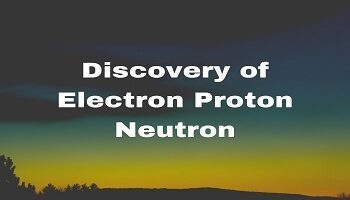
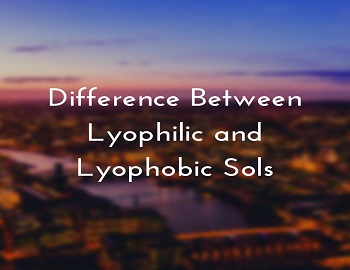
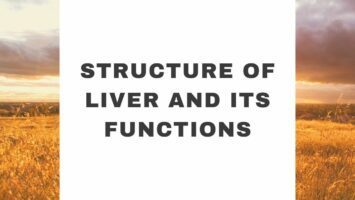
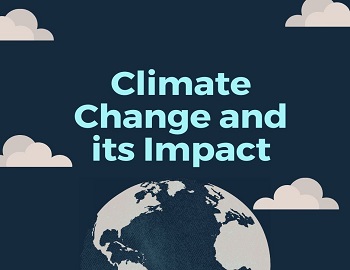

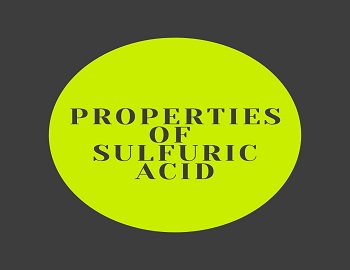
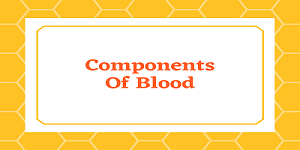
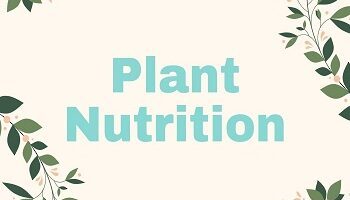
Comments (No)